*Franklinia alatamaha
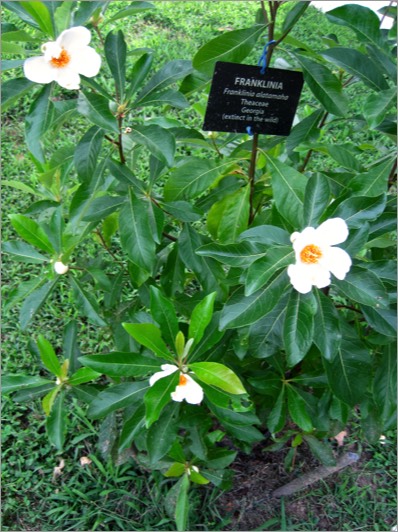
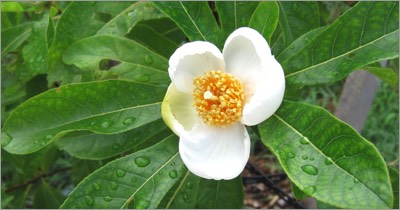
*Franklinia alatamaha
FRANKLINIA
Theaceae
Georgia (extinct in the wild)
Location: map coordinates N-12 (northeast of Baker Building; next to gate to parking lot #6B), N 39°11'11'' W 75°32'42''
Planting history: planted 5/1/12. Source: Delaware Nature Society. (Dr. S. Yost, USDA NIFA Capacity Building Grant funds).
Description:
*Non-native species (not native to Delaware)
FRANKLINIA
Theaceae
Georgia (extinct in the wild)
Location: map coordinates N-12 (northeast of Baker Building; next to gate to parking lot #6B), N 39°11'11'' W 75°32'42''
Planting history: planted 5/1/12. Source: Delaware Nature Society. (Dr. S. Yost, USDA NIFA Capacity Building Grant funds).
Description:
- deciduous large shrub, or small tree
- etymology: Franklinia for Benjamin Franklin (1706-90), American statesman; alatamaha for the Altamaha (Alatamaha) River, near where it used to grow
- in the tea family, which also includes tea, camellia, and stewartia
- leaves simple, alternate
- flowers large, white, attractive; with golden stamens. Blooms mid-August to mid-September in Delaware
- discovered by John and William Bartram, along the Alatamaha River in Georgia in 1765
- extinct in the wild; believed to have last been seen in the wild ca 1803
*Non-native species (not native to Delaware)
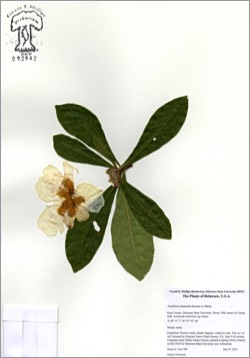
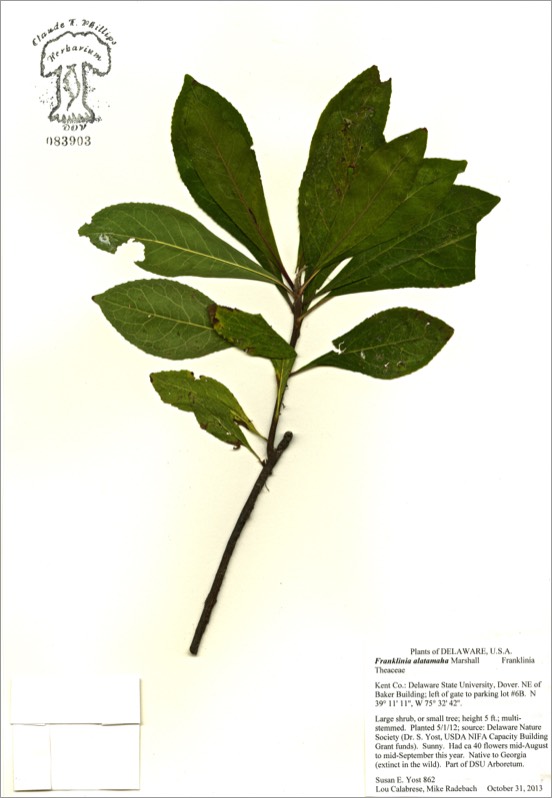
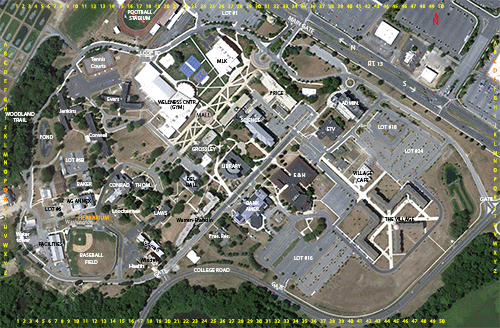
HIT REFRESH TO START LOCATION GRAPHIC